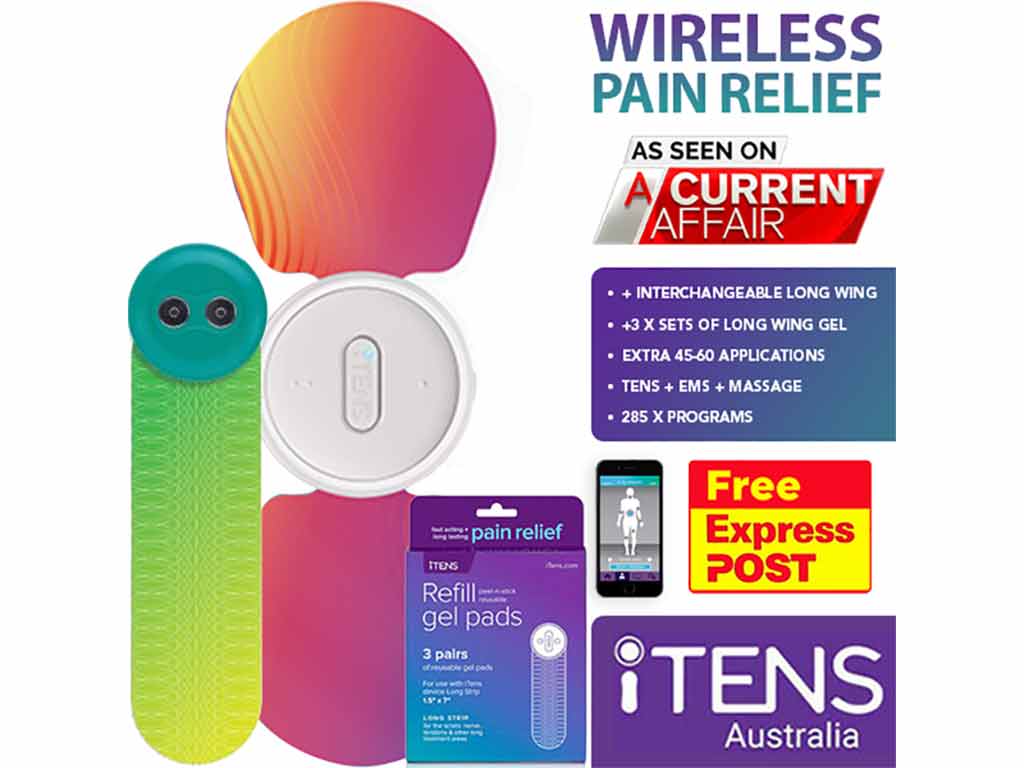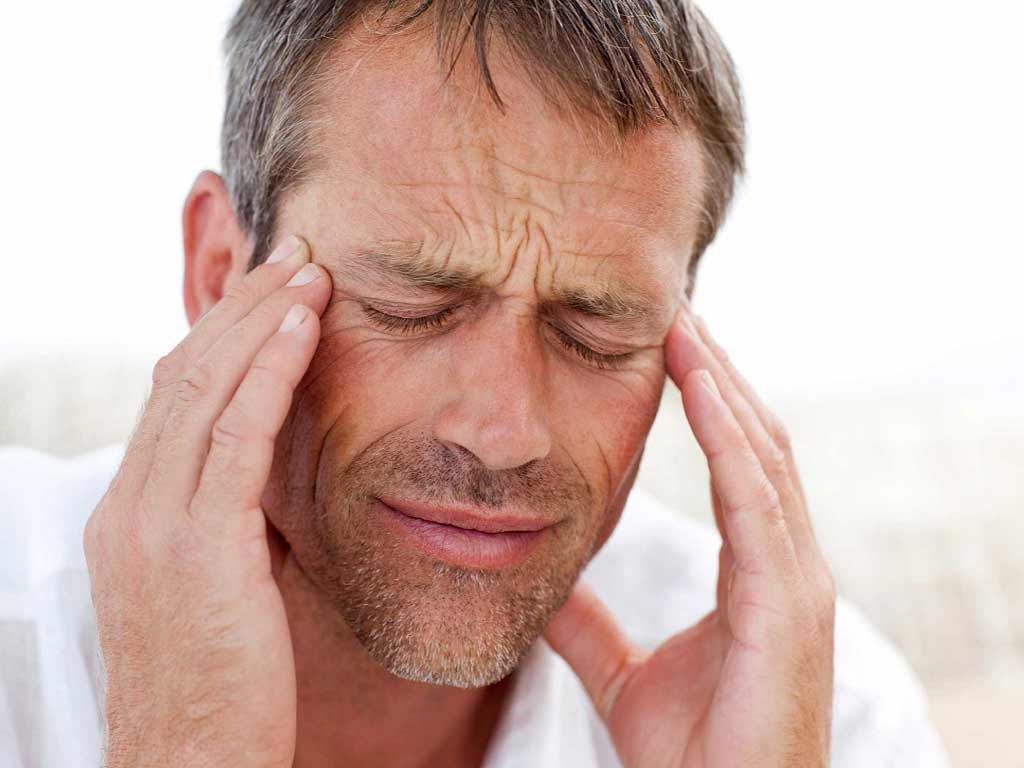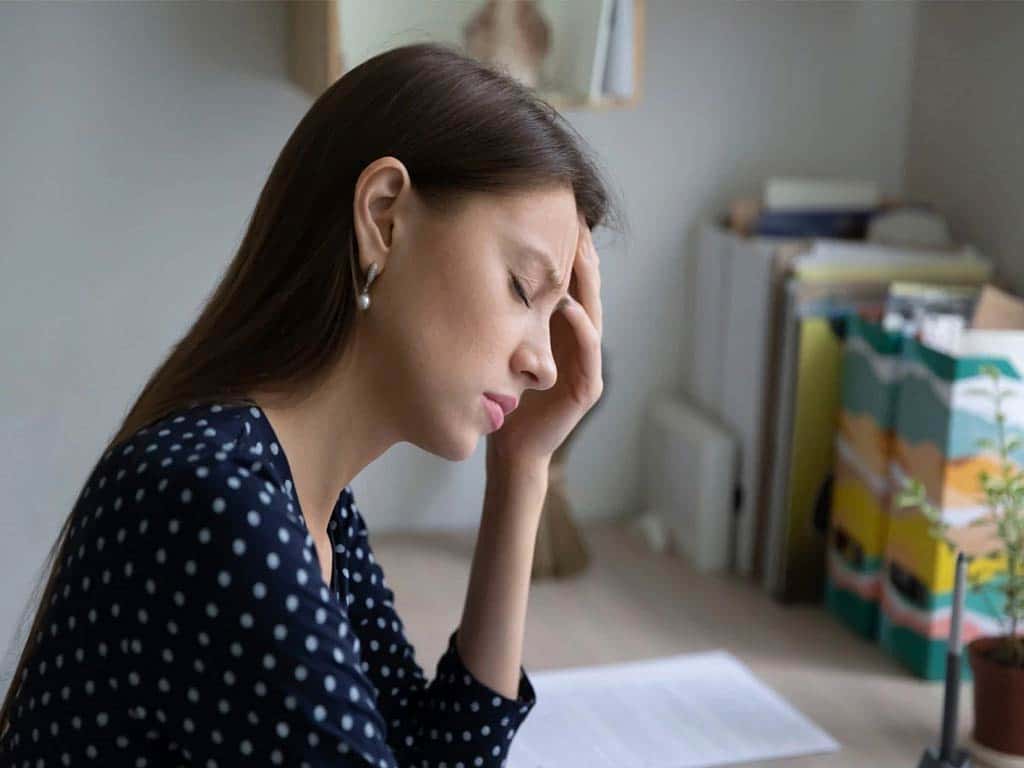
Sinusitis, also known as sinus infection, can cause discomfort and pain that can persist for weeks. People seek sinusitis pain relief to alleviate the associated symptoms of headaches, facial pain, and nasal congestion. Fortunately, there are several treatment methods that individuals can use. Conventional practice includes using a neti pot, nasal sprays, steam, and spices. However, others may find medications, massages, and therapies more effective. These remedies are easy to use and can be easily done at home.
People can get sinusitis from various causes. Viral infection or structural abnormalities in the nasal cavity are common reasons. In addition, sinusitis can be acute, subacute, and chronic. The difference lies in their duration, which can last for weeks to months. Hence, regularly dealing with it can impact the quality of life. This comprehensive guide will present ten effective methods to relieve sinus pain.
Jump to a Section:
- How to Achieve Sinusitis Pain Relief with a Neti Pot
- How to Achieve Sinusitis Pain Relief with Nasal Sprays
- How to Achieve Sinusitis Pain Relief with Rest and Hydration
- How to Achieve Sinusitis Pain Relief with Steam
- How to Achieve Sinusitis Pain Relief with Spices
- How to Achieve Sinusitis Pain Relief with Humidity
- How to Achieve Sinusitis Pain Relief with OTC Medication
- How to Achieve Sinusitis Pain Relief with Vitamin C
- How to Achieve Sinusitis Pain Relief with Massages
- How to Achieve Sinusitis Pain Relief with TENS
How to Achieve Sinusitis Pain Relief with a Neti Pot
Using a neti pot is a popular method of sinusitis pain relief. It is a small, teapot-like container that uses a saline solution to flush out the nasal passages. This helps to clear out mucus, bacteria, and irritants that may be causing inflammation and congestion. It can also help alleviate pressure and pain in the sinuses, making it easier to breathe.
It is essential to use a clean neti pot and distilled or sterile water to prevent introducing bacteria or other contaminants into the nasal cavity. Additionally, it is recommended to use a neti pot once or twice a day, or as needed, to help manage sinusitis symptoms. Following proper hygiene practices is also vital. It includes washing the hands before and after use and cleaning the device thoroughly after use.
Moreover, sinus rinsing can help loosen thick mucus and relieve nasal symptoms of allergies, colds, and flu. However, if experiencing persistent or severe sinusitis symptoms, consult with a healthcare provider for further evaluation and treatment.
How to Use a Neti Pot
- Fill the neti pot with lukewarm saline solution (using distilled or sterile water and non-iodised salt).
- Lean over a sink, tilt your head to one side and insert the spout of the neti pot into one nostril.
- Gently pour the saline solution into your nostril, allowing it to flow out of the other nostril.
- Repeat with the other nostril, then gently blow your nose to remove any remaining saline solution.
- Breathe through the open mouth while using the neti pot.
- Clean the neti pot thoroughly after each use to prevent bacterial growth.
- Repeat the process twice a day or as often as necessary.
How to Achieve Sinusitis Pain Relief with Nasal Sprays
Nasal sprays are another effective sinusitis pain relief method. They are liquid medicines that relieve congestion by spraying them into the nose. It works by reducing inflammation in the nasal passages, helping to open up airways and alleviate pressure in the sinuses. Therefore, it allows for easier breathing and drainage of mucus.
There are three types of nasal sprays: decongestant nasal sprays, antihistamine sprays, and steroid nasal sprays. A decongestant spray is for treating blockage caused by flu or common cold. It should only be used for a few days at a time. The antihistamine spray is for treating allergy symptoms, such as stuffy or runny nose. They are suitable for long-term use.
On the other hand, steroid nasal sprays use corticosteroids, which are anti-inflammatory medicines. It is also helpful for sinusitis and other allergy symptoms. Some are available for purchase in pharmacies, while others are on prescription. In addition, if a person forgets to take a dose, take it as soon as possible. However, skip the missed dose if it is nearly time for the next dose.
How to Use Nasal Sprays
First, shake the nasal spray bottle before using it to ensure the medication is properly mixed. Remove the cap and gently blow your nose to clear out any mucus. Then, tilt your head slightly forward and close one nostril with your finger. Insert the nozzle into the other nostril, aiming it towards the back.
Slowly and steadily, spray the medication into your nostril while breathing through your nose. Repeat the process for the other nostril if necessary. After use, clean the tip of the bottle to prevent the spread of germs and bacteria. Avoid sneezing or blowing your nose right after the spray.

How to Achieve Sinusitis Pain Relief with Rest and Hydration
Sinusitis pain relief is also achievable with proper rest and hydration. Rest is essential for managing pain as it allows the body to heal and recover. Adequate rest enables the immune system to work effectively in fighting off the infection that is causing sinusitis. In resting, individuals should elevate their heads by using extra pillows.
People may use nasal saline spray or Neti pot during the day and a humidifier at night. Moreover, avoid alcohol and caffeine, as this can make sinus pain and congestion worse. Lastly, practice good sleep hygiene. Keep the bedroom cool and dark and limit exposure to allergens or disturbances, like TVs, phones, computers, or pets.
Hydration is another key component in sinusitis relief. Drinking plenty of water helps to thin out mucus and promote drainage, which can reduce congestion and pressure in the sinuses. It is advisable to drink at least eight glasses of water a day or a glass every hour or two. Other suggestions to try are eating water-rich foods like fruits and vegetables and drinking herbal teas.
Benefits of Hydration and Good Rest
Rest can help reduce the intensity of sinus symptoms. It helps to thin mucus, reduce inflammation, and improve the immune system. Taking breaks throughout the day to relax can help alleviate sinus pressure and pain. Additionally, giving plenty of time to rest can promote faster healing.
Staying hydrated keeps the nasal passages moist, making it easier for mucus to pass through and reducing irritation. Furthermore, it helps alleviate other symptoms, such as sinus headaches and facial pain. Overall, proper hydration can help flush out toxins and reduce inflammation in the body, while good rest allows the body to recover and heal faster.

How to Achieve Sinusitis Pain Relief with Steam
Steam inhalation is a simple and effective method to relieve sinusitis pain. The steam helps to moisten and soothe the nasal cavity and passages, making it easier to breathe and promoting drainage of mucus. One way to achieve sinusitis pain relief with steam is by using a steam inhaler. Simply fill the inhaler with hot water and add a few drops of essential oils for added benefits.
Another way is by taking a steam shower or sitting in a steam room. The warm, humid air can help open up the sinuses. Spending 10-15 minutes in a steam shower or room can provide quick relief and improve overall respiratory health. In addition, individuals can create their own steam treatment at home by boiling a pot of water.
The steam releases warm, moist air that helps loosen mucus and relieve sinus pressure. Aside from clearing the nasal passages, it can help soothe irritation and improve circulation. The heat promotes blood flow, which can help the immune system fight infections.
How to Do Steam Inhalation Properly
- Use a vaporiser or boil water in a pot or kettle.
- Transfer the hot water to a large heat-safe bowl or basin.
- Add essential oils or herbs like eucalyptus, peppermint, chamomile, or lavender. They have anti-inflammatory and antibacterial properties. This is optional.
- Lean over the bowl and cover your head with a towel to trap the steam.
- Position your head about 8-12 inches above the water while keeping your eyes closed.
- Inhale deeply for 5-10 minutes, taking slow and steady breaths.
- Refill hot water every two to three minutes.
- Repeat the steam inhalation process several times a day as necessary.
How to Achieve Sinusitis Pain Relief with Spices
Using certain spices can help achieve sinusitis pain relief. Incorporating spices like ginger, turmeric, and cayenne pepper into diet or steam treatments can help relieve sinus congestion and pressure. One spice is ginger. It is known for its anti-inflammatory and antimicrobial properties and can help reduce swelling. Drinking ginger tea or adding fresh ginger to your meals can provide sinus pressure relief.
Another spice that can help is turmeric. It contains a compound called curcumin, which is a powerful antioxidant. It can help reduce inflammation in the sinuses and fight bacterial infection. Hence, adding turmeric to soups or smoothies can be beneficial. However, higher doses of curcumin can cause side effects like nausea or stomach ulcers.
Furthermore, cayenne pepper contains capsaicin. It can help reduce nasal congestion and improve airflow. Adding a pinch of cayenne pepper to foods or drinks can help relieve sinus pain and improve sinus drainage. However, it is important to start with a small amount as it can be quite spicy.
Spicy Foods to Try Out
Spices like mustard, horseradish, and wasabi contain compounds that can help clear the sinus passages and provide sinus pain relief. The acids in spicy foods can break up the mucus, causing it to drain from the nostrils. Adding these ingredients to meals can reduce swelling and promote overall sinus health.
Chilli peppers also work but are more likely to cause heartburn and indigestion. In addition, onions can stimulate nasal passages and clear blocked sinuses. For deep sinus infections, garlic can be particularly helpful. Crushed garlic has anti-viral and anti-fungal properties that can help speed up the healing process.

How to Achieve Sinusitis Pain Relief with Humidity
Humidity plays a crucial role in relieving sinus pain. Dry air can irritate the nasal passages, making sinusitis symptoms worse. One way to achieve sinusitis pain relief is with a humidifier. Using the device adds moisture to the air, preventing dryness and easing stuffy nose, congestion, and dry throat. It is advantageous to use a humidifier in the bedroom, where individuals spend a lot of time sleeping.
In using a humidifier, make sure to clean the filters regularly to prevent moulds or bacteria buildup. If not properly maintained, it can make allergies and sinusitis worse. Moreover, keep the humidity of the environment between 30-50%. Individuals may also take a hot shower or bath to create steam.
Combining humidity with steam enhances the benefits of pain management methods. The warm, moist air can help soothe irritated nasal passages and alleviate sinus discomfort. Furthermore, adding a few drops of essential oils like eucalyptus or peppermint to the steam can further enhance its therapeutic effects.
Other Benefits of Humidifiers or Vaporizers
Humidifiers or vaporisers offer several other benefits for overall respiratory health. By releasing water vapour into the air, it keeps skin hydrated and alleviates symptoms of dryness. Another benefit is improved sleep quality. It prevents dry throat and nasal passages, allowing for more comfortable breathing at night. This can lead to a deeper, more restful sleep experience.
Moreover, maintaining optimal humidity levels in the bedroom can also reduce snoring and alleviate symptoms of sleep apnea. Lastly, a humidifier or vaporiser can help protect wooden furniture and musical instruments. There are different types available, ranging from whole-house systems to portable cool-mist units.

How to Achieve Sinusitis Pain Relief with OTC Medication
Some people may use over-the-counter (OTC) medications for acute or chronic sinusitis. There are several types of medicines that can alleviate symptoms and address several sinus issues. Thus, choosing a medication would depend on the target treatment or type of condition. Individuals may take them as soon as the symptoms start or according to the instructions of a professional.
A common type is antibiotics. It can help treat active bacterial sinus infections. Acute sinusitis may require 10-14 days of medicated therapy. On the other hand, chronic sinusitis treatment duration may last up to 30 days. However, if sinusitis is caused by viruses, such as common colds, antibiotics may not be helpful.
Other helpful OTC medicines are analgesics, decongestants, mucolytics, and antihistamines. If unsure, it is best to consult a doctor on what type of medications to take. It is essential to follow the recommended dosage instructions on the packaging. Additionally, seek medical attention if symptoms persist or worsen. Individuals with certain medical conditions may also need to consult a doctor before taking any medications.
OTC Decongestants, Antihistamines & Pain Relievers
- Decongestants: OTC decongestants like pseudoephedrine or phenylephrine reduce nasal congestion by constricting blood vessels to lessen the swelling. They come in both oral and nasal spray forms.
- Antihistamines: Loratadine and cetirizine can reduce inflammation and relieve symptoms such as sneezing, itching, and runny nose. They are particularly useful for sinusitis caused by allergies.
- Pain relievers: The main types of pain relievers are Nonsteroidal Anti-inflammatory Drugs (NSAIDs) and acetaminophen or paracetamols. NSAIDs, like ibuprofen and naproxen, minimise swelling in the nasal cavity and ease pressure. On the other hand, paracetamols are more effective for sinus pain with fever.
How to Achieve Sinusitis Pain Relief with Vitamin C
Vitamin C is a natural antioxidant and anti-inflammatory with immune-boosting properties. There are various ways to achieve sinusitis pain relief through vitamin C. It helps reduce swelling and fight off infections that may be causing or exacerbating sinus pain symptoms. The recommended daily intake of vitamin C for adults is 75-120mg. However, this can vary depending on age, sex, and overall health.
Secondly, vitamin C can help reduce oxidative stress, which can contribute to inflammation. Individuals can get this vitamin from foods like citrus fruits, bell peppers, strawberries, bell peppers, kiwi, and lemons. In addition, using vitamin C-rich essential oils, such as lemon, orange, or eucalyptus oil, in a steam inhalation helps clear congested sinuses.
Lastly, vitamin C helps to thin mucus, making it easier to drain and alleviate nasal blockage. It also helps shorten the duration of infection and cold symptoms. By incorporating vitamin C into daily routine through supplements and pain management, individuals can effectively relieve discomfort and improve sinus health.
Other Benefits of Vitamin C
Vitamin C deficiency leads to anemia, bleeding gums, bruising, and poor wound repair. As such, incorporating vitamin C into the diet offers health benefits, such as tissue growth and repair, including skin, blood vessels, bones, and cartilage. It is also essential for healing wounds and maintaining bones and teeth. Additionally, it protects cells from damage due to stress, free radicals, and toxins.
Furthermore, it helps the body absorb iron. Vitamin C can reverse the effects of calcium and phosphate, which inhibits iron absorption. Daily doses of vitamin C help reduce allergy symptoms. Overall, it prevents numerous health conditions and improves immune function.

How to Achieve Sinusitis Pain Relief with Massages
Massaging the sinuses can be an effective way to alleviate pain and pressure. By targeting specific pressure points, massages can help improve circulation, reduce inflammation, and improve drainage. For effective sinusitis pain relief, start by applying a warm compress to the sinus area to help relax the muscles and open up the passages.
Use gentle pressure when massaging the sinus area in a circular motion. Focus on the areas around the eyes, nose, and forehead where pain is most commonly felt. Tapping or percussive massage techniques can also be effective in decongestion. Conversely, a firm pressure on the face and head can help relieve tension. Press and hold trigger points for a few seconds, then release.
Some may incorporate lymphatic drainage techniques to reduce swelling. It involves gently stroking the sinuses towards the lymph nodes on the neck. Each stroke may last for 30 seconds. Repeat these massages regularly to maintain sinus health and prevent future pain and discomfort. Depending on the symptoms, individuals may also tailor the massage to focus on a particular area.
How Do Sinus Massages Work?
Massages work by targeting specific pressure points on the face and head that are connected to the sinus cavities. By applying gentle and circular motions to these areas, massages stimulate blood flow and alleviate pressure and pain. Stimulating the sinus areas also helps relax the surrounding muscles.
Specific massage techniques target sinusitis relief. It involves gentle pressure on the temples and each side of the nose. Moreover, it promotes relaxation and reduces stress, which has a positive impact on health. Combining it with other home remedies like warm compress or steam inhalation can also help.

How to Achieve Sinusitis Pain Relief with TENS
Transcutaneous Electrical Nerve Stimulation (TENS) is a non-invasive therapy that uses low-voltage electrical currents to relieve pain. It is often used for general discomfort and chronic pain conditions like arthritis, neuropathic pain, and muscle pain. However, it is also beneficial for sinusitis pain relief. TENS helps boost circulation and reduce swelling.
The therapy uses a portable device called a TENS machine. It consists of a pulse generator and adhesive electrode pads. The electrodes are placed on the skin near the pain area to deliver mild electrical currents. The stimulation causes the sensory nerves to block pain signals from reaching the brain. It also prompts the release of natural painkillers like endorphins.
Before using a TENS machine, consult a healthcare professional to determine if it is a suitable treatment. They can also advise on the appropriate settings and pad placement for safe and effective relief. TENS therapy is not advisable for people with heart conditions, epilepsy, and cardiac pacemakers. Many people find TENS to be a convenient and cost-effective way to relieve sinusitis symptoms naturally.
Safety Guidelines When Using TENS for the Sinuses
- Use caution when putting the electrodes on the face. Avoid placement on the temples or back of the head.
- Ensure the skin is clean and dry before applying the pads.
- Do not place the electrodes on open wounds or broken or irritated skin.
- Always start at the lowest settings and gradually increase the intensity to a comfortable level.
- Do not use the TENS machine for an extended period to avoid skin irritation and other side effects. The treatment duration typically lasts between 15-30 minutes at a time.
- Do not use the device while sleeping, driving, operating heavy machinery, or in water.
Conclusion
Having sinusitis can be uncomfortable and painful. It can result in a blocked or runny nose, facial pressure, and headaches. Fortunately, there are several ways to achieve sinusitis pain relief. Simple and natural remedies are available that can be easily done at home. It includes using Neti pots, nasal sprays, steam, and humidity to rinse and decongest the nasal passages. Likewise, hydration, spices, and vitamin C can help reduce inflammation and boost the immune system.
For more severe sinus pain, individuals may take OTC medicines. The type of medication depends on the symptoms and cause of pain. Furthermore, TENS therapy offers a drug-free and non-invasive treatment. It uses mild electrical currents to block pain signals and release endorphins. Follow the guidance or advice of a professional when using medicines or TENS therapy. Overall, these methods can provide effective relief for sinusitis. However, if the pain persists or worsens, consulting a doctor is crucial.










